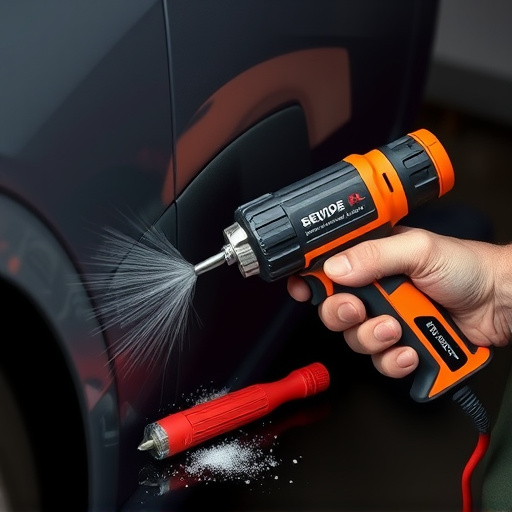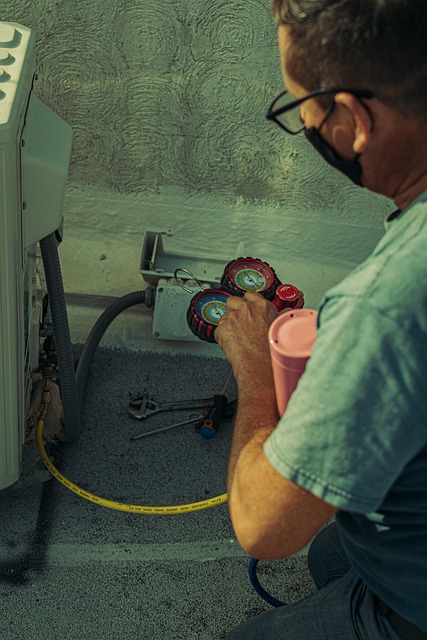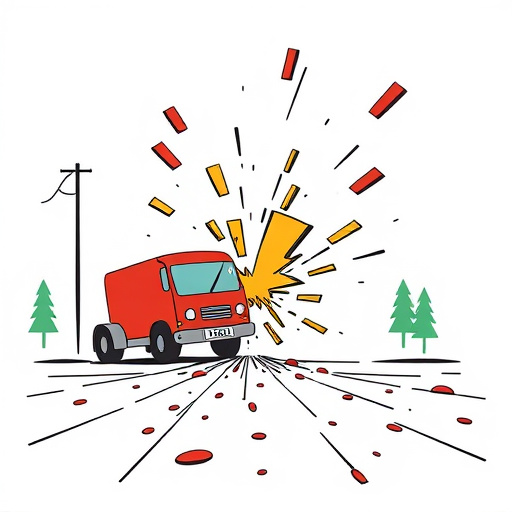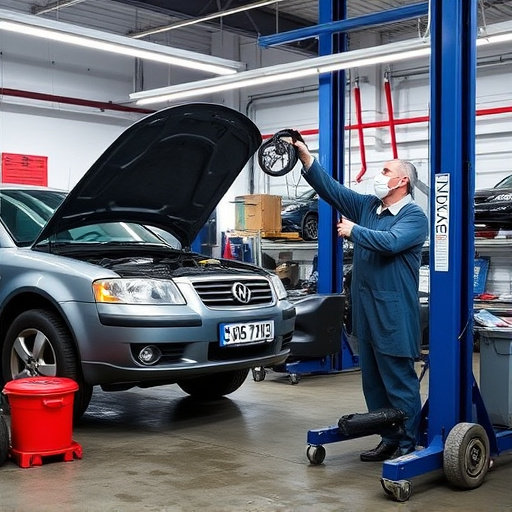Analyzing historical suspension repair collision data helps auto service centers optimize processes, enhance efficiency, and improve customer satisfaction by identifying common patterns, leading causes of damage, peak repair times, and geographic incident hot spots. This enables targeted investments in training, tools, inventory management, and staffing decisions, ultimately streamlining operations and delivering better-quality repairs promptly.
In today’s digital era, leveraging collision data for informed decision-making in automotive service industries is a game-changer. Analyzing suspension repair collision data offers valuable insights into vehicle performance and reliability. By identifying trends in suspension failure cases, service providers can enhance their diagnostic capabilities and improve overall service quality. This strategic approach enables them to navigate the complex landscape of vehicular issues, ensuring customers receive prompt, effective, and efficient repairs.
- Analyzing Collision Data for Suspension Repairs
- Identifying Trends in Suspension Failure Cases
- Enhancing Service Quality Through Data Insights
Analyzing Collision Data for Suspension Repairs

Analyzing collision data related to suspension repairs can offer valuable insights for automotive service centers. By scrutinizing historical records and reports on suspension-related accidents, technicians and managers can identify common patterns and issues. This data-driven approach enables them to streamline their processes and enhance efficiency. For instance, understanding the leading causes of suspension damage, such as rear-end collisions or pothole encounters, allows for proactive measures like improved training on specific repair techniques or investing in advanced tools tailored to these frequent repairs.
Furthermore, this analysis can reveal trends beyond just damage types. It may highlight peak seasons or times of day when suspension repairs are more prevalent, suggesting optimal staffing levels and work schedules. Even aspects like geographic locations with higher incident rates could inform marketing strategies for targeted services, including auto glass replacement, hail damage repair, and auto body repairs. Such insights ensure that service centers provide the right solutions at the right time, ultimately elevating customer satisfaction.
Identifying Trends in Suspension Failure Cases

By analyzing a substantial dataset of suspension repair collision cases, automotive experts can uncover valuable insights and trends that significantly enhance service quality in auto body repairs. Examining historical data allows for the identification of recurring patterns in suspension failures, enabling mechanics to pinpoint specific components or design flaws that are more prone to damage. This knowledge is invaluable for improving safety standards and efficiency in car body shop operations.
For instance, the data might reveal a higher rate of suspension issues in vehicles with certain age groups or specific accident types. Such findings can guide auto body services in tailoring their repair procedures and inventory management accordingly. Anticipating common suspension problems can lead to faster turnaround times, better allocation of resources, and ultimately, more satisfied customers in the car body shop.
Enhancing Service Quality Through Data Insights

In today’s competitive market, auto repair shops must constantly strive to enhance service quality and customer satisfaction. Leveraging suspension repair collision data is a strategic move that offers valuable insights into common issues, repair trends, and customer preferences. By meticulously analyzing this data, auto body repair experts can identify patterns and inefficiencies within their processes, enabling them to streamline operations for improved speed and precision. This not only leads to better-quality repairs but also enhances the overall car restoration experience for clients.
The insights gleaned from suspension repair collision data can guide decision-making at every stage of the repair process. From stocking parts that are frequently required to optimizing staffing levels based on peak demand, these data-driven strategies directly impact the efficiency and effectiveness of an auto repair shop. Ultimately, this translates into happier customers who receive reliable, top-quality car restoration services in a timely manner.
By meticulously analyzing suspension repair collision data, automotive service centers can uncover valuable insights that drive improvements in overall service quality. Identifying trends in suspension failure cases enables proactive maintenance and more effective troubleshooting, ultimately enhancing customer satisfaction and reducing costly repeat repairs. Leveraging data to refine service processes is a strategic move toward providing superior, efficient, and reliable care for vehicles with suspension issues.













